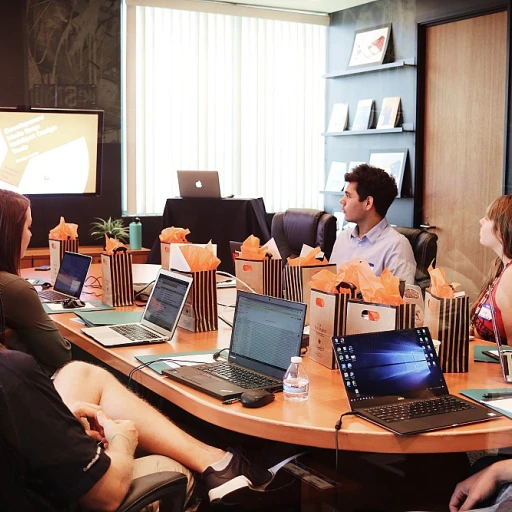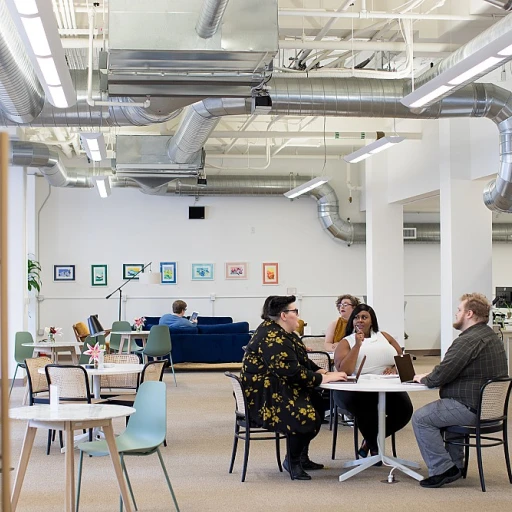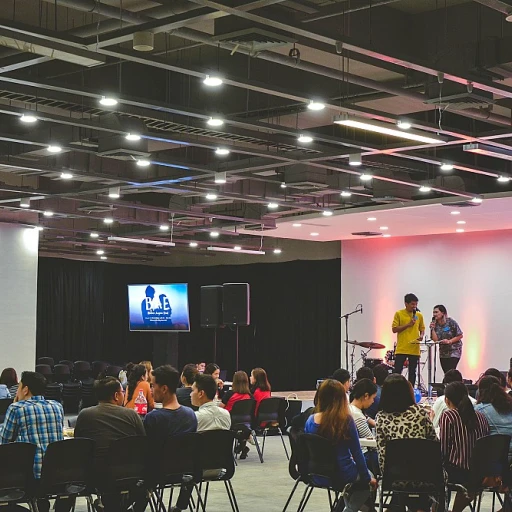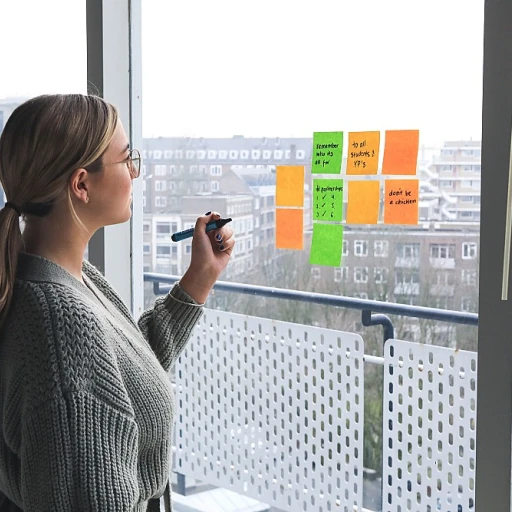
Understanding Multimedia Assisted Language Learning
Exploring Multimedia Assisted Language Learning
In the realm of language education, multimedia assisted language learning has emerged as a transformative approach. This method leverages technology to enhance the learning experience, making it more engaging and effective for students. The integration of multimedia tools in language learning is not just a trend; it is a significant shift in how languages are taught and acquired.
Multimedia in language learning encompasses various forms of digital content such as audio, video, and interactive elements. These resources cater to different learning styles, providing students with a rich, diverse educational experience. For instance, mobile apps and computer assisted programs offer interactive exercises that help improve listening skills and comprehension in a second language.
Universities and educational institutions are increasingly adopting multimedia tools in their language teaching strategies. The use of mobile phones and web-based platforms allows for a more flexible learning environment, enabling students to access educational content anytime, anywhere. This shift towards mobile learning is not only convenient but also aligns with the modern student's lifestyle.
Moreover, the incorporation of multimedia tools in language education is supported by various studies that highlight their effectiveness in enhancing language skills. For example, computer assisted language learning programs have been shown to improve students' ability to understand and use foreign languages more effectively.
As we delve deeper into the benefits and challenges of multimedia in language learning, it becomes clear that this approach is reshaping the landscape of language education. For those interested in exploring the potential of multimedia tools further, harnessing AI for effective upskilling programs offers valuable insights into how technology can be leveraged for educational purposes.
The Benefits of Multimedia in Language Learning
Advantages of Integrating Multimedia in Language Education
Incorporating multimedia tools into language education offers a myriad of benefits that enhance the overall learning experience. These tools, ranging from mobile apps to computer-assisted programs, provide a dynamic platform for language learners to engage with content in innovative ways. Let's explore some of the key advantages:
- Interactive Learning Environment: Multimedia creates an interactive environment where students can practice language skills through simulations and interactive exercises. This interaction helps in reinforcing learning and making it more engaging.
- Enhanced Listening Skills: Audio and video resources are crucial for developing listening skills, especially in second language acquisition. Students can listen to native speakers, which aids in better pronunciation and understanding of nuances.
- Flexibility and Accessibility: With mobile learning and web-based platforms, language learners have the flexibility to study at their own pace and access educational resources anytime, anywhere. This is particularly beneficial for those balancing education with other commitments.
- Personalized Learning: Technology allows for personalized learning experiences where educational programs can be tailored to meet individual needs. This personalization enhances motivation and improves outcomes.
- Integration of Real-world Contexts: Multimedia tools can simulate real-life situations, providing context-based learning that is crucial for mastering a foreign language. This approach helps students apply what they learn in practical scenarios.
- Collaborative Learning Opportunities: Platforms like language learning apps and online communities foster collaboration among learners. This interaction encourages peer learning and cultural exchange, enriching the educational experience.
By harnessing AI for effective upskilling programs, educators can further enhance these benefits, creating a more robust and comprehensive learning environment. As multimedia continues to evolve, its role in language education will undoubtedly expand, offering even more opportunities for innovation and improvement.
Challenges in Implementing Multimedia Tools
Overcoming Hurdles in Multimedia Language Education
Implementing multimedia tools in language education does bring its share of challenges, often stemming from the diverse landscape of technology and student adaptability. University programs and language learning institutions need to stay updated with the rapid advancements in learning technology, often finding it difficult to integrate cutting-edge solutions like mobile apps or computer-assisted platforms seamlessly into traditional curriculums. One significant obstacle is the technological divide, where not all students have equal access to advanced multimedia resources. While mobile learning and open access programs offer solutions, disparities in digital literacy among students can hinder the effectiveness of these tools. Moreover, the reliance on computer-based systems necessitates robust IT infrastructures, which aren't universally available in all educational settings. Another challenge lies in the pedagogical shift required when integrating multimedia-assisted tools. Teachers accustomed to conventional methods can find it daunting to incorporate CALL (Computer-Assisted Language Learning) techniques into their teaching practice. Adapting to a new teaching model that promotes interactive and dynamic learning environments, like those provided by a learning mall framework, requires substantial professional development and support. The effectiveness of multimedia tools hinges on their alignment with the learners' needs and curriculum objectives. With programs constantly evolving, continuous assessment and adaptation are crucial to ensure that multimedia tools contribute positively to language education. Resources like the TAP Academy LMS offer insights into integrating LMS solutions effectively, becoming invaluable for overcoming some of these challenges. Finally, maintaining the quality of content across diverse platforms employed for language learning poses a challenge. Ensuring that multimedia resources like audio for improving listening skills, videos, and interactive quizzes adhere to educational standards is essential for optimizing language learners' experiences. In essence, while multimedia tools offer innovative pathways, addressing these challenges is integral for successful language learning outcomes.Effective Multimedia Tools for Language Learners
Exploring Effective Tools for Language Mastery
In the realm of language learning, multimedia tools have become indispensable. These tools not only make the process more engaging but also cater to diverse learning styles. Let's delve into some of the most effective multimedia tools that can significantly enhance language skills.
Mobile Apps: Language Learning on the Go
Mobile apps have revolutionized language education, offering students the flexibility to learn anytime, anywhere. Apps like Duolingo and Babbel provide interactive lessons that cover vocabulary, grammar, and pronunciation. They utilize game-like features to keep learners motivated and engaged, making them an excellent choice for those seeking a mobile assisted learning experience.
Computer Assisted Language Learning (CALL) Programs
CALL programs leverage technology to offer comprehensive language courses. These programs often include a mix of text-based lessons, audio, and video content, providing a rich multimedia assisted learning environment. Universities and educational institutions frequently incorporate CALL into their curricula to enhance language teaching and support students in mastering foreign languages.
Web-Based Platforms: Open Access to Language Resources
Web-based platforms like Rosetta Stone and Memrise offer extensive resources for language learners. These platforms provide access to a wide range of educational materials, from interactive exercises to listening skills practice. The open access nature of these platforms ensures that learners can access quality content without geographical restrictions, making them a valuable tool in the language learning toolkit.
Multimedia Tools for Listening and Speaking Skills
Listening and speaking are critical components of language proficiency. Multimedia tools such as podcasts and language exchange programs facilitate the development of these skills. Podcasts offer exposure to native speakers and real-world conversations, while language exchange programs connect learners with peers around the world for practice and cultural exchange.
Integrating Technology in Language Education
Integrating technology into language education requires thoughtful planning and execution. Educators must consider the learning environment and choose tools that align with their teaching objectives. The goal is to create a balanced approach that combines traditional methods with innovative technology to support effective language learning.
Strategies for Successful Multimedia Assisted Learning
Optimizing Your Multimedia Learning Approach
To maximize the benefits of multimedia assisted language learning, students and educators must employ strategic approaches. Here are some key strategies to ensure successful integration of multimedia tools in language education:
- Set Clear Objectives: Define what you aim to achieve with multimedia tools. Whether it's improving listening skills or enhancing vocabulary, having clear goals will guide your learning journey.
- Choose the Right Tools: With a plethora of multimedia options available, selecting the right tool is crucial. Consider tools that align with your learning objectives and offer interactive and engaging content.
- Incorporate Diverse Resources: Utilize a mix of text-based, audio, and visual materials. This diversity caters to different learning styles and helps reinforce language concepts.
- Regular Practice: Consistency is key in language learning. Regular interaction with multimedia resources can significantly enhance retention and fluency.
- Feedback and Assessment: Use tools that provide immediate feedback and track progress. This helps identify areas that need improvement and keeps learners motivated.
- Collaborative Learning: Engage with peers through web-based platforms or mobile apps. Collaborative environments foster communication skills and offer different perspectives.
- Adapt to Mobile Learning: Mobile phones and apps offer flexibility, allowing language learners to study on-the-go. Leverage mobile assisted language learning to make the most of your time.
By implementing these strategies, language learners can create a more effective and engaging learning environment. As technology continues to evolve, staying adaptable and open to new multimedia tools will be essential for success in language education.
Future Trends in Multimedia Language Learning
Emerging Technologies in Language Education
The landscape of language learning is continually evolving, driven by advancements in technology. As we look to the future, several trends are poised to redefine how students engage with foreign languages. One of the most significant developments is the integration of artificial intelligence (AI) in language education. AI-powered tools are becoming increasingly sophisticated, offering personalized learning experiences that adapt to the individual needs of language learners.
Mobile Learning and Its Impact
Mobile learning continues to gain traction, with mobile phones serving as a primary platform for accessing language programs. Mobile apps provide learners with the flexibility to study on the go, making language learning more accessible than ever. This shift towards mobile-assisted language learning is supported by the growing availability of open access resources, which allow learners to access educational content from anywhere in the world.
Virtual and Augmented Reality
Virtual reality (VR) and augmented reality (AR) are also making inroads into the realm of language education. These technologies offer immersive experiences that can enhance listening skills and comprehension by placing learners in realistic environments where they can practice language skills in context. This aligns with the multimedia assisted approach discussed earlier, providing an engaging and interactive learning environment.
Web-Based Language Learning Platforms
Web-based platforms continue to evolve, offering a range of computer-assisted language learning tools that cater to diverse learning preferences. These platforms often incorporate multimedia elements such as video, audio, and interactive text, creating a rich educational experience. Additionally, the integration of social learning features allows students to collaborate and communicate with peers, fostering a community of language learners.
Focus on Personalization and Adaptation
Personalization remains a key trend in language education, with technology enabling more tailored learning experiences. Adaptive learning systems can assess a student's proficiency and adjust the difficulty level of exercises accordingly. This personalized approach not only enhances the effectiveness of language teaching but also increases student engagement and motivation.
The Role of Institutions and Educators
Universities and educational institutions play a crucial role in integrating these technologies into their curricula. By embracing multimedia and mobile-assisted learning tools, educators can provide a more comprehensive and effective language education. As these trends continue to develop, the role of educators will evolve to focus more on facilitating and guiding students through their language learning journeys.












